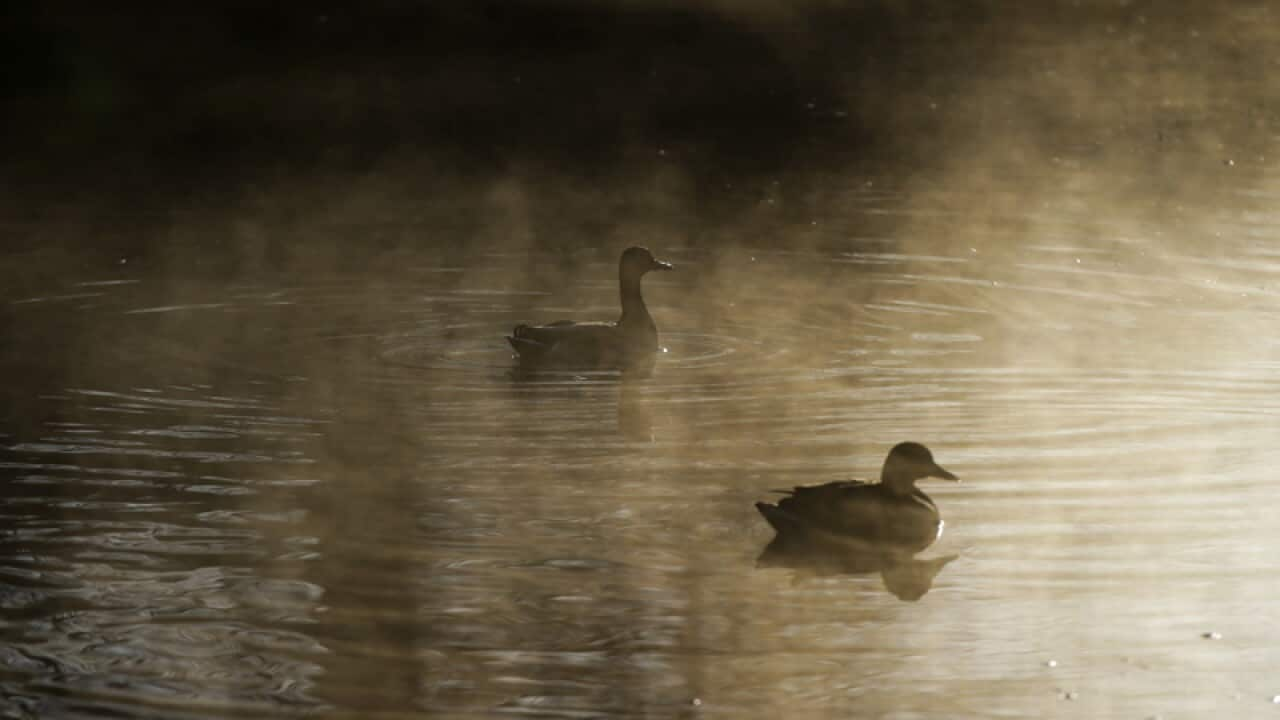France on Wednesday ordered a massive cull of ducks in three regions most affected by a severe episode of bird flu as it tries to contain the virus which has been spreading quickly over the past month, the agriculture ministry said.
All free range ducks, as well as geese, will be slaughtered between January 5 and january 20 in an area in southwestern France comprising parts of the Gers, Landes and Hautes-Pyrenees administrative departments, it said in a statement.
"The principle is to quickly kill the species most affected to date by the virus," the ministry said in a statement.
Some 800,000 birds, mainly ducks, out of a total population of around 18 million in the Southwest, will be culled in the coming week, Marie-Pierre Pe from foie gras makers group CIFOG said.
It could rise further if the virus cannot be maintained, she said, stressing that there are 1.3 million birds in the area.
Some farms will be exempted, however, including those which confine birds and those that perform full production cycles, from ducklings to transformation into end-products, the ministry said.
The ministry could also stop preventive culling before the January 20 deadline if bird flu was to stabilise before, a ministry official said.
Southwestern France, home to most producers of foie gras made of duck and geese liver, had already been the centre of a severe episode of bird flu last year, although outbreaks involved other strains.
Several European countries and Israel have found cases of the contagious H5N8 strain over the past two months and some have ordered poultry flocks be kept indoors to prevent the disease spreading.
The Czech Republic and Slovenia reported first outbreaks of H5N8 on Wednesday.
The H5N8 strain is highly deadly for poultry but has never been found in humans.









